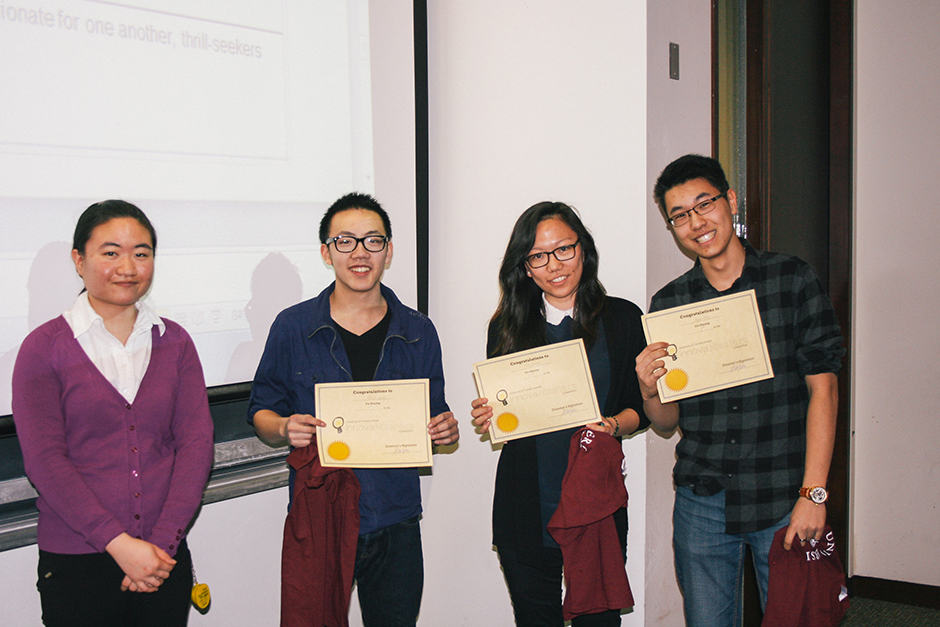This past weekend InnovaMasters, a student run club with goals of fostering leadership and arming youth with the tools to find creative solutions to real world problems, kicked off its second annual design competition.
“Dedicated to unleashing the innovative potential of youth,” InnovaMasters revealed this year’s theme: “Power from Humans — How might we use human motion to generate clean energy,” challenging youth to find human-powered sources of energy hidden among everyday activities.
The event showcased four projects, each presented to the judges at the conclusion of two-day competition, as though the students were “pitching their prototype to investors,” Alice Zhu, co-founder and president of Innovamasters explains.
“We wanted to teach participants the engineering design process, which is ideate, synthesize, prototype, test and improve, all in an iterative process,” Zhu says. She emphasizes that this design process is “a skill needed by all social entrepreneurs.”
The competition began with a lecture from speakers to arm the students with the necessary tools to tackle the competition’s challenges. Erica Lee Garcia, venture leader at Engineers Without Borders, described how the engineering process is much more than just building objects, but a method of answering complex questions. Joseph Wilson, Senior Strategist for the MaRS Discovery District, gave students advice ahead of their presentations.
As the participant handbook outlines, “[InnovaMasters] want to provide participants with genuine design experience, and thus we ask teams to generate a prototype,… virtual or tangible.”
Then, with the aid of mentors, the team had two days with a budget of $30 to brainstorm and develop their prototype.
Each team was then judged on their presentation skills, the viability of their design, their creativity, and the feasibility of their business model.
The teams were selected from a pool of applicants demonstrating a passion for innovation, solving problems in society, and a passion to learn. “We want participants to develop presentation skills and business modelling skills, and to have fun, while becoming more aware of social issues,” Zhu says.
The competition crowned Team Piezoelectricity, comprised of Aaron Pan, Lily Wang, and David Wang, as the winner. The trio developed an innovative design to install piezoelectric material in subway station floors to capture the kinetic energy of people stepping on them.
Their prototype earned them the grand prize of a tour of Pueblo Science — a charity promoting scientific literacy in communities lacking resources — in addition to getting the opportunity to have lunch with its founders.
Other noteworthy projects included capturing energy generated from the use of bicycles, beds, and even urinals.
The students participating appreciated the skills they learned from taking part in the competition. “It was great being given a problem that exists in the real world, and being able to propose a solution that you can actually implement,” says first-year engineering science student, David Wang. “We were given pretty much nothing to start with — just a vague statement, and we had to make something out of it,” says Wang, adding, “We took our own interpretation, and grew it into something we could work with.”
In addition to the annual design competition, InnovaMasters also runs a weekly leadership workshop where students bring their own innovative ideas to incubate into existing projects.
Editor’s note: Alice Zhu is a contributor to The Varsity.


